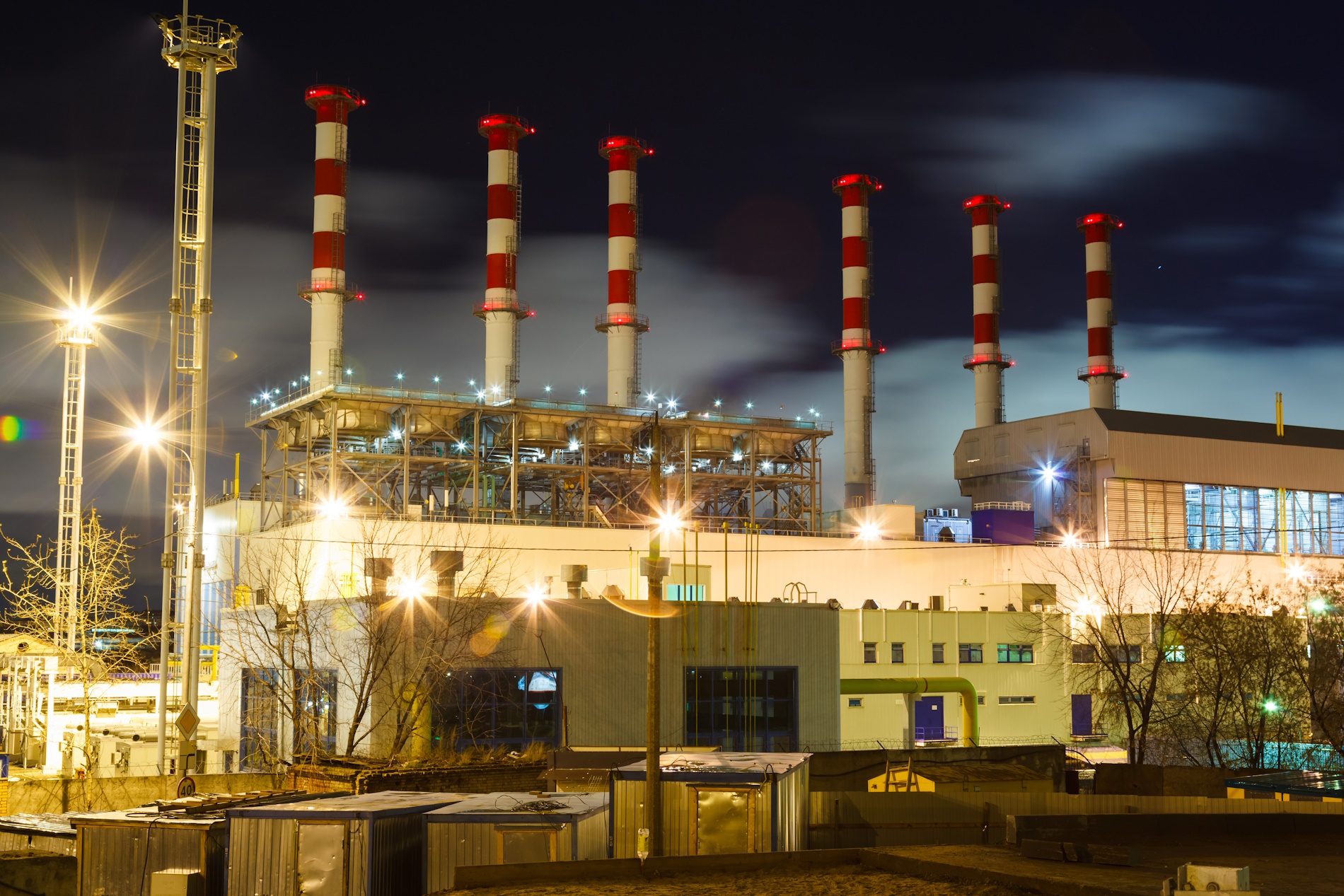How to Improve the Efficiency of Your Classic Car
Classic cars are a labor of love for auto enthusiasts. And while there are some big benefits to owning a classic car, there can be a few notable...

Classic car owners love their vintage cars. Most owners know their engines inside and out - fuel tank, fuel line, carburetor, spark plugs, ignition.
Today’s modern fuels contain ingredients - detergents and additives such as ethanol, that classic cars didn’t encounter during their prime days. If a classic car isn’t ready for running on today’s ethanol blend fuels, problems can quickly show up.
![]() Today’s onroad gasolines contain at least 10% ethanol content. Within the last 5-6 years, the government raise the upper limit to 15%, but that is not yet widely available. And, while still rare in the marketplace, E15 causes even more problems for cars and engines not designed to run it.
Today’s onroad gasolines contain at least 10% ethanol content. Within the last 5-6 years, the government raise the upper limit to 15%, but that is not yet widely available. And, while still rare in the marketplace, E15 causes even more problems for cars and engines not designed to run it.
The push to ethanol addition in gasoline comes from the Renewable Fuels Standard passed by Congress, seeking higher volumes of renewable fuels (like ethanol) usage across the country. No matter your political or scientific persuasion, ethanol is here and classic car owners must protect their cars from ethanol damage.
The most immediate fuel problems that classic car owners see when using ethanol gasoline is poor performance in their classic cars. Ethanol is a simple alcohol that burns at about two-thirds of the power of gasoline.
Less energy per molecule also means lower gas mileage, though classic car owners may not be as concerned about that particular thing. While the EPA reports that ethanol decreases gas mileage by three percent, many owners report decreases up to ten percent.
Fortunately, correcting this problem is inexpensive and easy. Add an ethanol fuel treatment to your gas. Be careful, though, as alcohol (and other kinds of alcohol) is a main ingredient in many name brand fuel treatments. Adding a product containing ethanol or alcohol worsens the problem. Choose high quality products that do not have ethanol or alcohol in them.
Ethanol attracts water as if it were a sponge. It is so effective at water absorption that it even extracts water (humidity) from the air.
How much water, gasoline and ethanol mix depends on temperature and time. Whether alone or mixed with water and fuel, ethanol can be highly damaging and corrosive to metal, plastic and rubber parts that may be present in older classic cars. Metal parts of the fuel system rust, while plastic and rubber parts disintegrate.
Correcting this problem means some cost and work. Remove all rubber and plastic parts of the fuel system and replace them with fiberglass and other materials that resist the effects of ethanol destruction. Many owners even replace their gas tanks with fiberglass tanks. There are also fuel treatments additives that protect surfaces from corrosion and that make E10 better able to hold water when added to the fuel tank. Again, never use an additive containing ethanol or any other alcohol-containing ingredient. Doing so is like spraying a burning car with gasoline - the problem only gets worse.
Ethanol shortens the shelf life of gasoline to about 90 days. This is another potentially major fuel problem for classic car owners who often leave their cars garaged for long periods of time. The gas can undergo fuel phase separation as it absorbs water over time. Within your fuel tank, the gasoline separates into layers; the top layer is gas, while the bottom layer is a mixture of ethanol and water. If your fuel pump inlet is at the water layer, your engine floods with water-alcohol mixture and serious damage results.
To avoid this, when storing your classic car for any length of time, fill the tank and use the proper fuel additive to prevent water separation in a fuel tank filled with E10 gas. Many high quality fuel additives without ethanol address most, if not all, of these ethanol problems. Read labels carefully.

Classic cars are a labor of love for auto enthusiasts. And while there are some big benefits to owning a classic car, there can be a few notable...

No matter what kind of boat you own, if you’re like most boat owners you want to squeeze out as much horsepower from it as possible.

Most gas stations these days supplement their fuel blends with anywhere from 10 to 15 percent of ethanol. The thinking behind this is that it lessens...